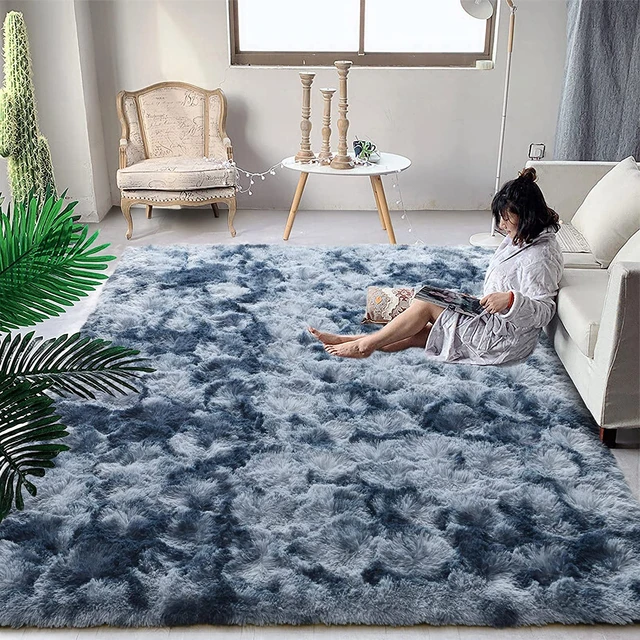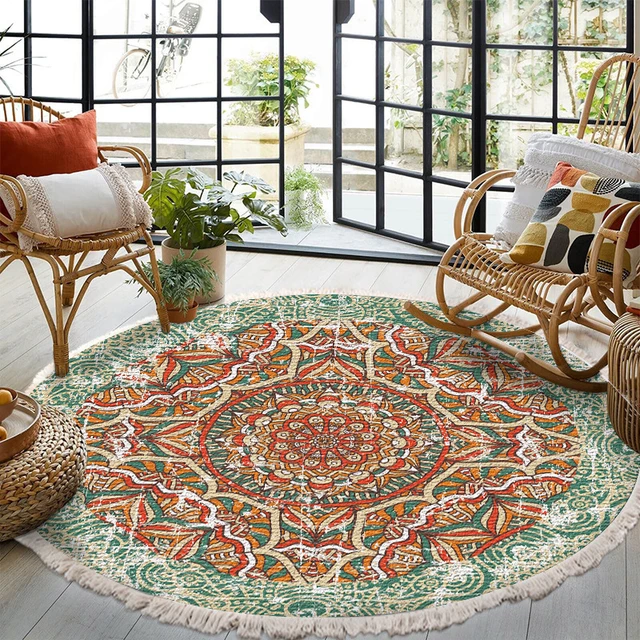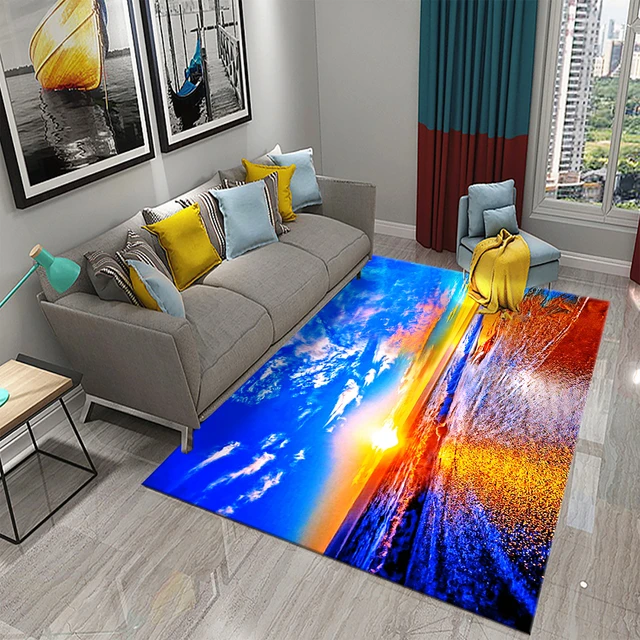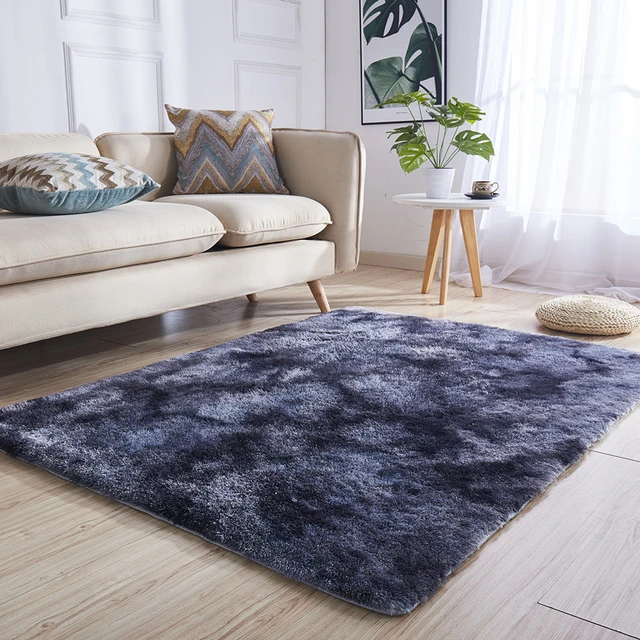 Introduction:
Introduction:
Old stains on carpets can be stubborn and unsightly, making it essential to know effective techniques for their removal. Whether it’s a red wine spill, pet accident, or coffee stain, addressing old stains requires a systematic approach to ensure successful removal without damaging the carpet fibers. In this comprehensive guide, we will explore simple and effective tips, methods, and products for getting old stains out of carpets. By following these steps, you can restore the cleanliness and appearance of your carpets and maintain a fresh and inviting living space.
 Some potential dangers and risks associated with old stains in carpets:
Some potential dangers and risks associated with old stains in carpets:
Old stains in carpets can present several hazards and negative consequences. Here are some potential dangers and risks associated with old stains in carpets:
Health Risks: Old stains in carpets can harbor bacteria, allergens, and germs, which can lead to health issues. Dust mites, mold, and mildew can thrive in damp and dirty carpet fibers, contributing to respiratory problems, allergies, and other health concerns, especially for individuals with sensitivities or weakened immune systems.
Odor: Over time, old stains can develop unpleasant odors. Organic stains, such as those from food or pet accidents, can decompose and produce foul smells if not properly treated. Lingering odors can make the living environment uncomfortable and unhygienic.
Mold and Mildew Growth: Moisture from spills or liquid stains can penetrate deep into the carpet padding and subflooring. If not promptly and thoroughly dried, this moisture can create an ideal environment for mold and mildew to grow. This can not only worsen the stains but also lead to structural damage and pose health hazards.
Deterioration of Carpet: Old stains can cause the carpet fibers to break down and weaken, leading to irreversible damage. Stains can also cause discoloration or fading, making the carpet appear patchy or unsightly. Aesthetic degradation can affect the overall appearance and value of the space.
Increased Cleaning Difficulty: The longer a stain remains untreated, the more challenging it becomes to remove it completely. Old stains can set into the carpet fibers, making them stubborn and resistant to regular cleaning methods. This can necessitate more aggressive cleaning techniques or even professional intervention, which may be costly and time-consuming.
Residual Contamination: Certain types of stains, such as pet urine or food spills, can leave behind invisible residue that attracts dirt and bacteria. This can lead to ongoing contamination and make it difficult to maintain a clean and sanitary living environment.
Psychological and Emotional Impact: Unsightly and dirty carpets can have a psychological impact, causing discomfort, dissatisfaction, and stress for occupants. Living or working in an environment with old stains can have a negative effect on mood, productivity, and overall well-being.
To mitigate the hazards and risks associated with old stains in carpets, it is crucial to address stains promptly, clean them thoroughly, and maintain regular carpet cleaning and maintenance practices. Implementing preventive measures, such as avoiding spills, using protective barriers, and promptly treating fresh stains, can also help reduce the risk of old stains and their associated consequences.
 General Tips for Old Stain Removal
General Tips for Old Stain Removal
Act Quickly:
The longer a stain remains on the carpet, the more difficult it becomes to remove.
Promptly addressing stains, even if they are old, increases the chances of successful removal.
Blot, Don’t Rub:
Blotting the stain with a clean cloth or paper towel helps absorb the moisture and prevent the stain from spreading.
Avoid rubbing the stain, as it can push the stain deeper into the carpet fibers and damage the carpet.
Test in an Inconspicuous Area:
Before applying any stain removal technique or product, test it in a hidden or inconspicuous area of the carpet to ensure it does not cause color fading or damage.
Stain-Specific Removal Techniques
Grease and Oil Stains:
Sprinkle an absorbent material, such as baking soda or cornstarch, onto the stain to soak up the excess grease.
Vacuum or brush away the absorbent material, then treat the remaining stain with a grease-cutting dish detergent or carpet stain remover.
Wine and Juice Stains:
Blot the stain with a clean cloth or paper towel.
Mix a solution of equal parts white vinegar and water, then apply it to the stain. Blot the area until the stain is lifted.
Coffee and Tea Stains:
Blot the stain gently with a clean cloth or paper towel.
Create a solution with one tablespoon of dishwashing liquid, one tablespoon of white vinegar, and two cups of warm water. Apply the solution to the stain and blot until the stain disappears.
Pet Stains:
Blot as much of the stain as possible with paper towels.
Apply a pet stain remover or a mixture of white vinegar and water to the stain, then blot until the stain is lifted.
Deep Cleaning Techniques
Steam Cleaning:
Rent or purchase a steam cleaner suitable for carpet cleaning.
Follow the manufacturer’s instructions and use a carpet cleaning solution recommended for your specific carpet type.
Professional Carpet Cleaning:
Engage the services of a professional carpet cleaner for deep cleaning sessions.
Professional cleaners have the expertise and specialized equipment to effectively remove old stains and rejuvenate carpets.
 Preventive Measures and Maintenance
Preventive Measures and Maintenance
Regular Vacuuming:
Vacuum your carpets regularly to remove dirt, debris, and prevent stains from settling in.
Focus on high-traffic areas and areas prone to staining.
Carpet Protection:
Apply a carpet protector spray after cleaning to create a protective barrier against future stains and spills.
This helps make stain removal easier and prevents stains from setting into the carpet fibers.
Immediate Cleanup:
Promptly address spills and stains as soon as they occur to prevent them from becoming more difficult to remove.
Blot and treat spills immediately using appropriate stain removal techniques.
 Conclusion:
Conclusion:
Removing old stains from carpets requires careful consideration and the application of effective techniques. By acting quickly, blotting instead of rubbing, and using specific stain removal methods according to the type of stain, you can successfully eliminate old stains from your carpets. Deep cleaning techniques like steam cleaning or professional carpet cleaning can further enhance stain removal. Adopting preventive measures such as regular vacuuming and applying carpet protection prolongs the cleanliness and appearance of carpets. Follow these tips, be proactive in stain removal, and enjoy clean and beautiful carpets that enhance the overall aesthetic of your living space.



